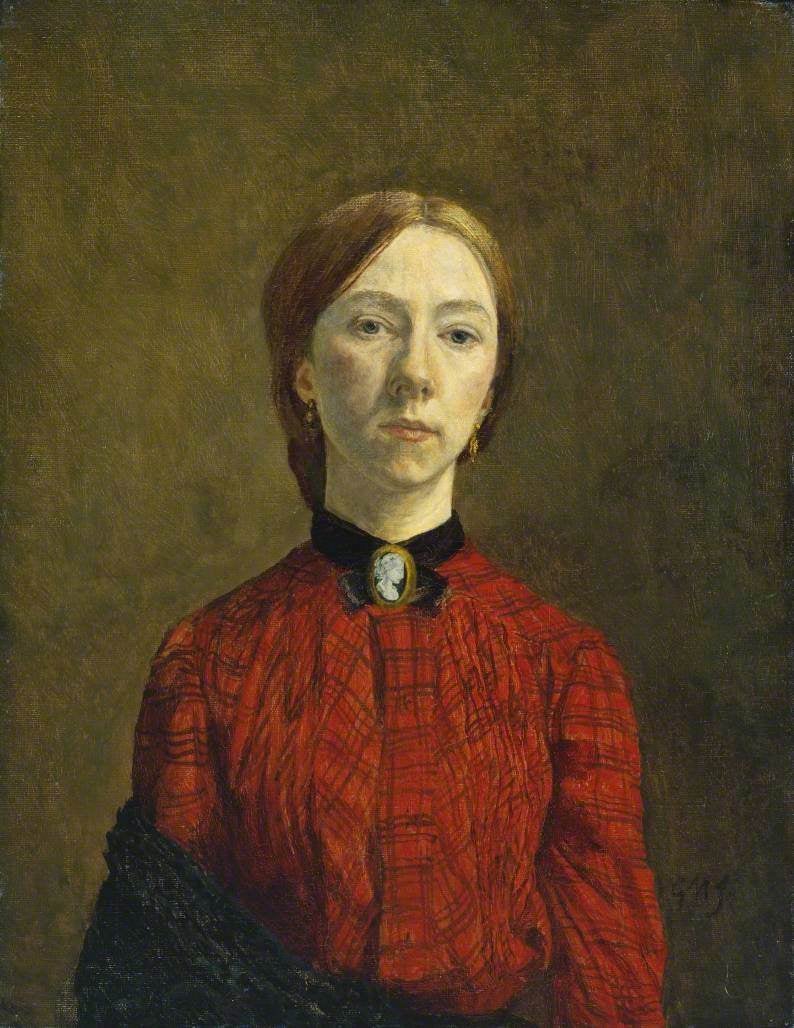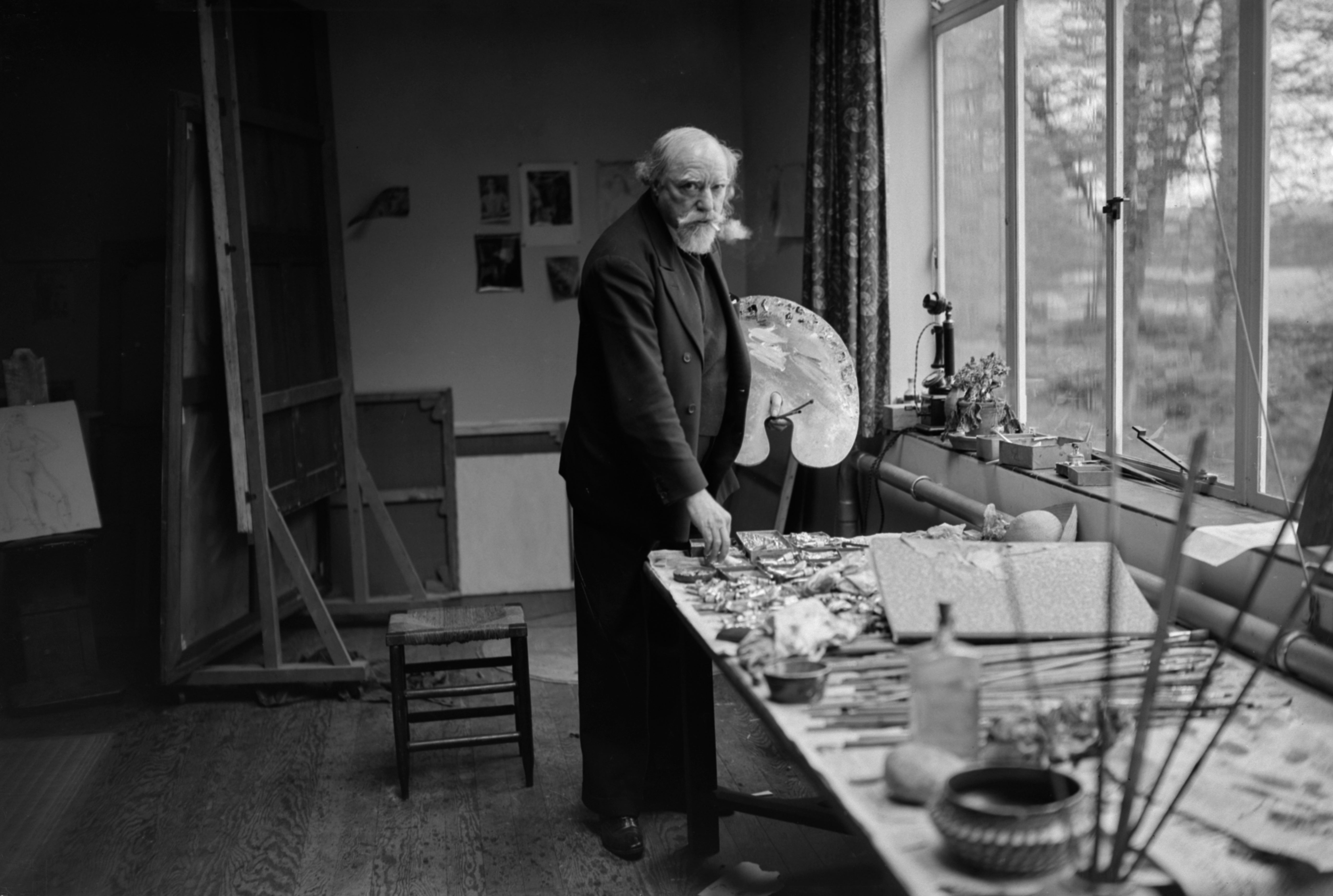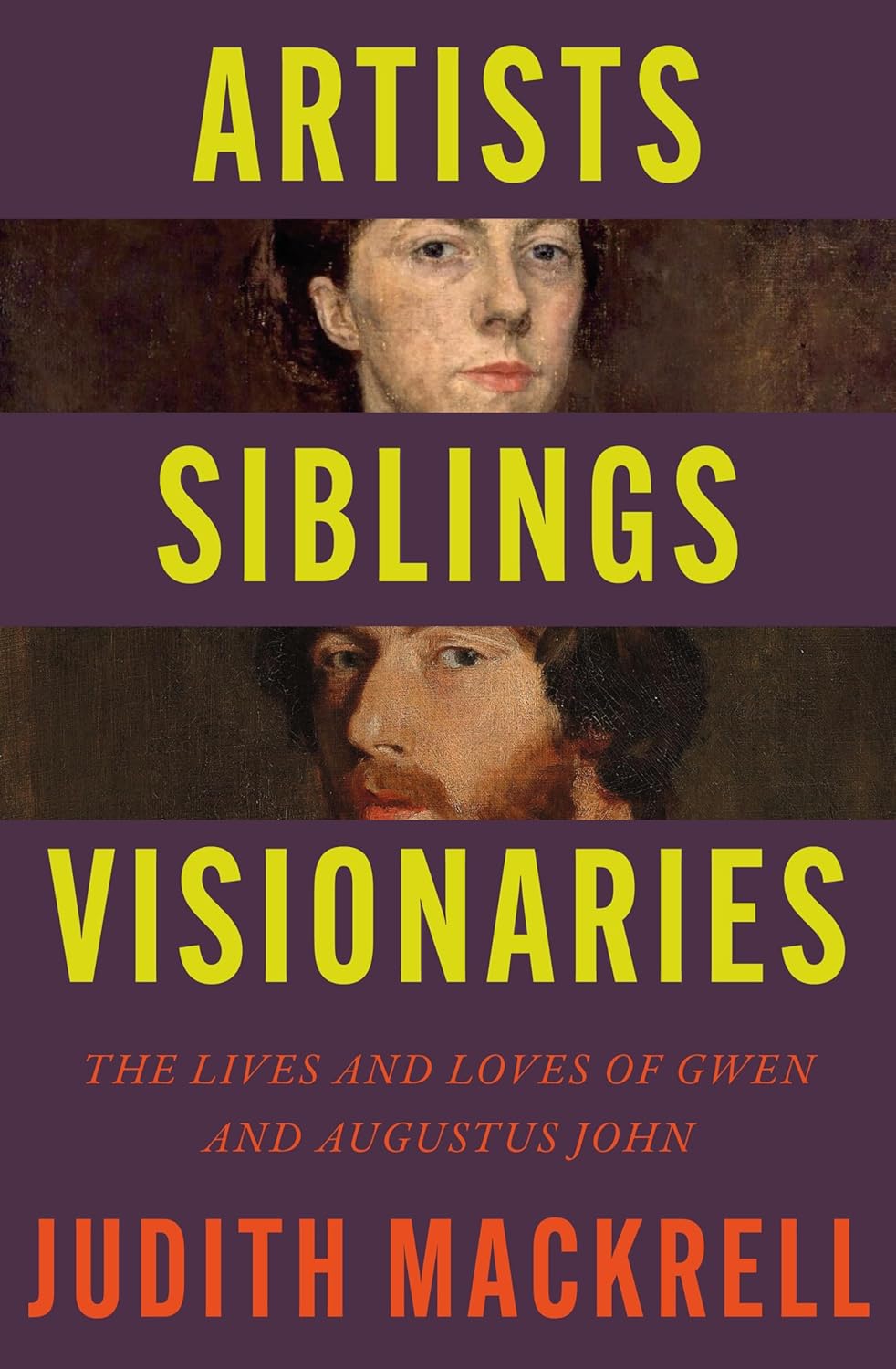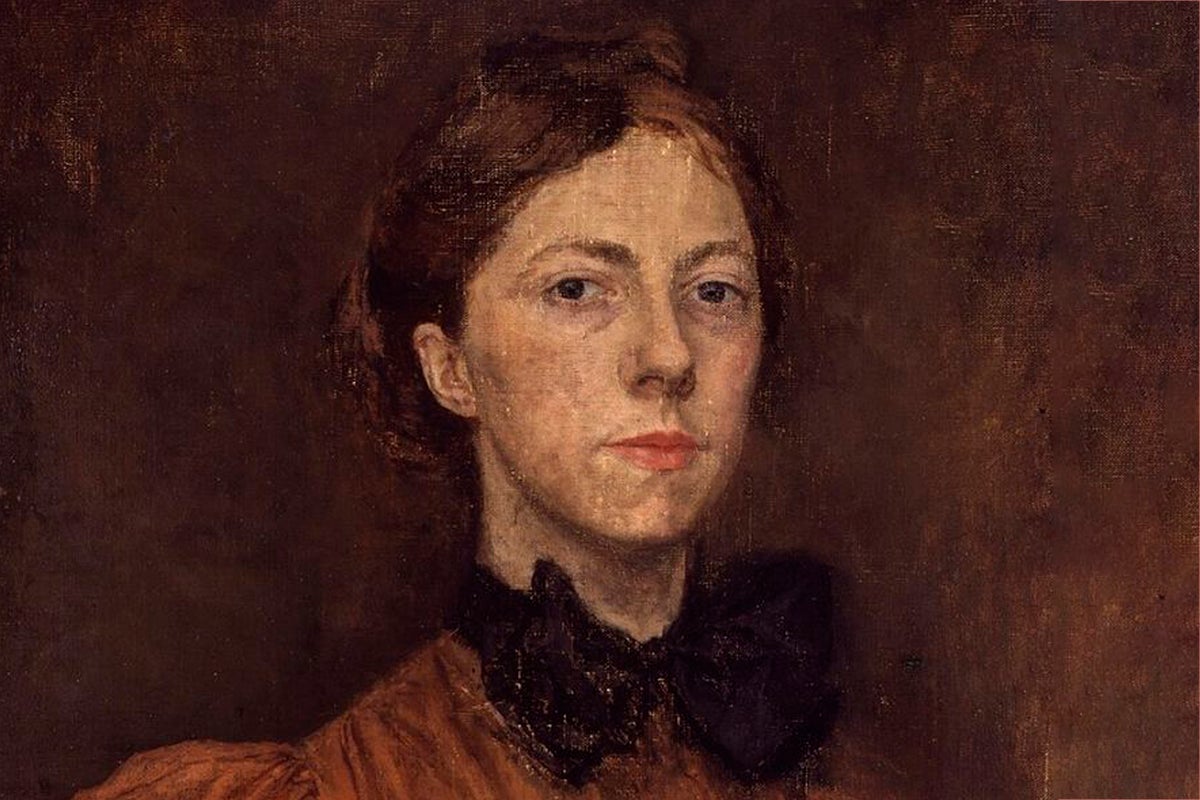As recently as 1974, scarcely a decade after his death, the artist Augustus John received the kind of tribute reserved for a great British national treasure: a two-volume life by the premier biographer of the age, Michael Holroyd, who was already renowned for his life of Lytton Strachey. Accompanied by the media hoopla of the moment – lavish Sunday newspaper serialisation, breathless TV coverage, hundreds of column inches in the broadsheets, and immense global sales – it was the kind of celebrity bonanza that impinged on this reviewer as a student. I still possess a dog-eared copy of volume one, replete with embarrassing marginalia.
Barely a generation after that astonishing, even ridiculous, outpouring of sentimental enthusiasm over the “genius” of a philandering Edwardian self-promoter, the 21st century now takes its inevitable revenge on the past in Judith Mackrell’s belated second look at the artist John, and at his (to us) neglected sister, a woman whose place in the British art scene is still a work in progress. It’s a haunting, melancholy tale of talented siblings whose gifts got lost in the fever of the times. He was overpraised, whereas she was underrated; he lived his life in public, and died full of self-loathing; she cultivated solitude, in answer to her brother’s fame, and died in utter obscurity.
At least in its origins, though, their story is a shared one, beginning with the horror of their provincial childhood in Wales.
Gwendolen and Augustus John were born in 1876 and 1878, respectively, to young Welsh parents. The family idyll was shattered by the premature death of their mother in 1884. As Gwen and Gus, they were semi-orphans in a house they remembered as “a kind of mortuary”. As the “two Johns”, raised in provincial Tenby, they were empire children, growing up in Britain during an era of extraordinary and sometimes troubling transition.
You can read the mind of the age in its literature, the psychologically tormented fiction of writers such as Wilde and Stevenson, who explored the dark side of humanity in their shocking tales of Dorian Gray and Messrs Jekyll and Hyde.
At the same time, after the Education Act of 1870, this was a time of sweetness and light. These late-Victorian children – like our baby boomers – grew up in a society blessed with liberty, literacy and luck; an intoxicating sensation of historical good fortune as the citizens of an imperial dominion on which the sun never set. With some distant rumbles of revolution across Europe, it was still pre-modern. It would take a world war and global revolution to transform it into the Modernist and Postmodern landscape of the 20th century that’s now understood to have been the essential precursor to our own disrupted times.
Mackrell paints her sad and subtle double portrait of the lives of Gwen and Gus with scarcely a sideways glance at the riches of this context. Her camera lens is focused on these ill-assorted siblings as if they are forever young, and strangely timeless. He, tall, rebellious, messy and romantic; she, short, shy, tetchy and otherworldly. Both were – to use an Edwardianism – self-consciously “bohemian”, having grown up in thrall to ideas of “art and beauty”, though neither was born into boho society in quite the same way as were the founding members of the Bloomsbury group.
The pair arrived in London to study at the Slade School of Fine Art in the mid-1890s, the era of The Yellow Book and the Oscar Wilde trials. In their different ways, both were ambitious to exploit the wild promise of the new world around them.
Women, for Gwen, were the supreme embodiment of humanity. “We are more than intellectual and animal beings,” she wrote, fired up by the women’s rights movement and experimenting with lesbian love. We’ll never know what kind of artist her brother aspired to be. Soon after he joined the Slade, he suffered a dramatic conversion.
In the summer of 1897, while diving on Tenby beach, Gus hit a submerged rock and nearly died. Suddenly a more authentic John – his “unadulterated self” – was born. For the next two decades, he would become this bohemian celebrity, and such a master of the contemporary canvas that Virginia Woolf, forever snarky, would later characterise the first years of the new century as “the age of Augustus John”.
Within two tumultuous decades, his moment had come and gone. Up to the Great War and the Paris Peace Conference of 1919 – one of the strangest quasi-cultural, diplomatic catastrophes in European history – Gus was in his pomp. Married to Ida, with many children by different partners, and living in a celebrated, but tormented, ménage à trois with Dorelia (Dodo) McNeill, he epitomised “art” to a fundamentally philistine society. Today, he cuts a raffish, unsympathetic figure as Edwardian England’s idea of an artistic genius.

In hindsight, Gus represents the flamboyant last throw of a doomed romantic tradition. His elder sister Gwen attracts our attention as the reticent, steely, and guarded representative of a new sensibility. Their relationship, tangled up in sibling intimacy, is the enigma at the heart of Mackrell’s nostalgic diptych.
Having bullied Gwen as a girl, Gus seems nonetheless to have welcomed her bold decision to join him at the Slade, where she devoted herself with some passion to her art while overshadowed by the grotesque egotism of her younger brother.
As students, they lived together in penury, dreaming of love and fame. Gus rattles towards his precocious career as an extravagant, vaudeville visionary, seducing his models, fathering children out of wedlock, and squandering his considerable gifts. Mackrell renders this familiar tale with discretion, but draws a blank with Gwen, who keeps herself to herself.
In her own quiet way, the elder John burns as brightly as the younger, painting some remarkable studies in oil, and takes herself off to Paris, where she starves in quest of her art. “Silence is the element in which great things are formed,” she wrote in a notebook, quoting Thomas Carlyle. Her brilliant 1907 study, A Corner of the Artist’s Room in Paris, embodies that credo.

Gwen’s nature was as passionate as her brother’s. Throughout these Paris years, she had a long and difficult affair with the sculptor Auguste Rodin, a promiscuous rogue who became fascinated by her “corps admirable”. Mackrell memorably describes her as “a woman who looked powerful in her nakedness”, and for a tantalising few pages, we begin to get a closer look at the artist who once declared “I was born to love.”
Gus had taken pre-war London by storm, but Gwen was born for the century. Fashionable criticism, as usual, got it wrong. In 1917, The Burlington announced that her younger sibling had “come to stand for modern art”. In truth, the European avant garde – notably, the Vorticists, the Expressionists and the Surrealists – had left him in their slipstream.
Contrariwise, it was Gwen who now attracted the most fervent art-critical appreciation, but recognition was slow for a reclusive artist who was increasingly unreachable in France. One of the most poignant lines in this sad biography is the revelation that 1928 was “the last time [Gwen] and Gus ever saw each other”.

What followed for her brother was “the worst spell of my bloody life”: desperate philandering, exacerbated by bouts of ferocious drinking, and the dawning realisation among the eager young models who tottered into his studio that this romantic bohemian legend was “a monstrous old goat”, even a rapist.
Gwen, isolated abroad, seems to have been suffering the first distressing symptoms of bowel or stomach cancer, and could no longer travel. Solitude, for Gwen, brought her “nearer God”. She died in September 1939 amid the chaos of a France at war with Nazi Germany. The details of her death, where and when she was buried, were lost.
“In death, as in life,” summarises Mackrell towards the end of this baffled attempt at a double biography, “Gwen remained frustratingly out of reach.” Gus became “a national treasure” who admitted that “Hell seems nearer every day.” He died in 1961. Within 10 years, critics were asking, “Was he really that good?”
By Mackrell’s account, the wound at the heart of their sibling intimacy remains hidden. Perhaps she should have interrogated John’s own unreliable memoir more closely for the key to unlock a chamber of family secrets. We already know it hinted at a mutually complicated relationship and the notion that Gwen had “hated her brother”, calling him “her evil genius”. Who knows? It’s a grim truth of the biographer’s art that sometimes the more you look, the less you find. Posterity, meanwhile, makes its own reckoning.
‘Artists, Siblings, Visionaries: The Lives and Loves of Gwen and Augustus John’ by Judith Mackrell (Picador, £30) is out now
